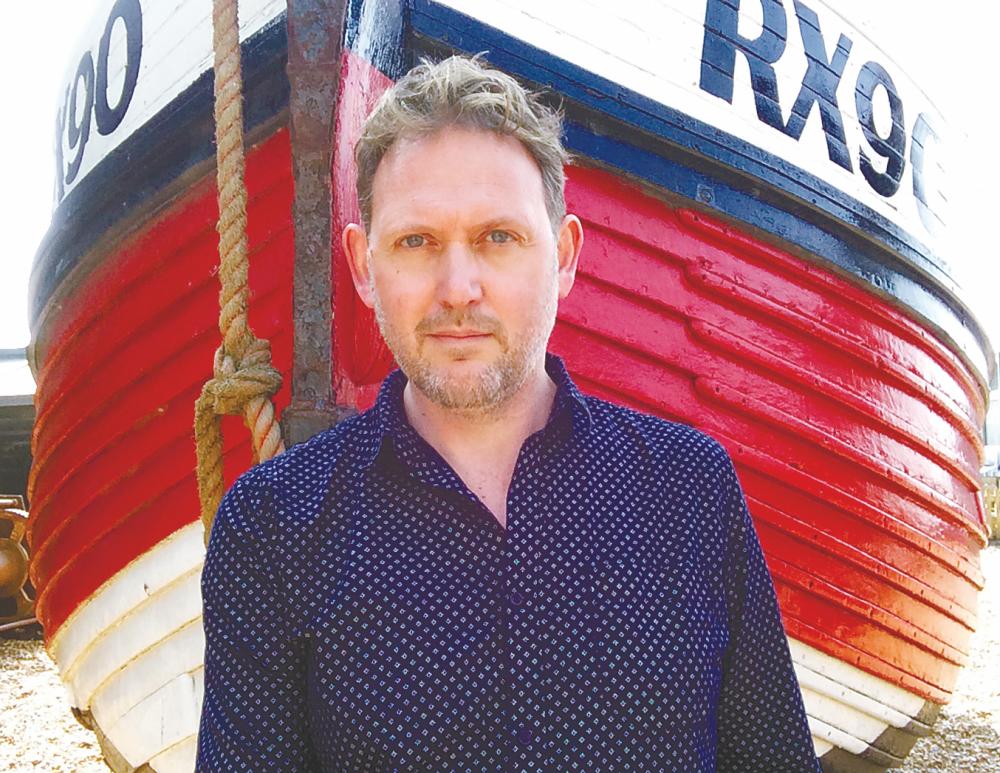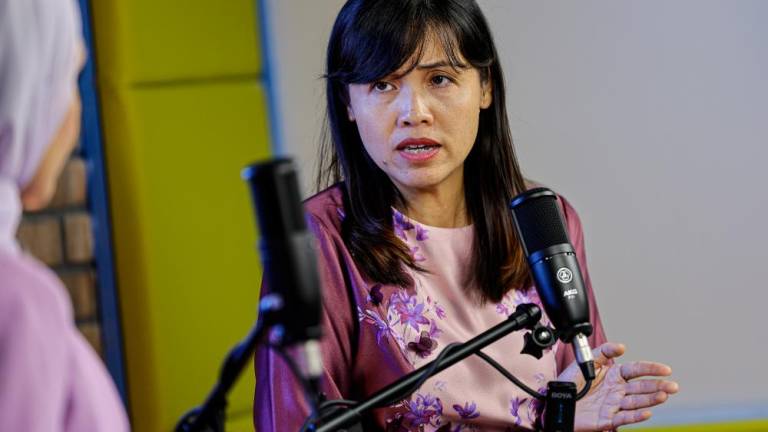BRITISH children’s author and illustrator Thomas Taylor lets your imagination take the reins in his latest young adult novel, Malamander.
The first of a planned series called Legends of Eerie-on-Sea, the book is already set for the big screen after Sony Pictures recently won the bidding war for its film rights.
Set in a wintry seaside town of Eerie-on-Sea, the story revolves around 12-year-olds Herbert (or Herbie Lemon), the Lost-and-Founder at The Grand Nautilus Hotel, and Violet Parma, a girl in search of her roots.
Living up to his role, Herbie – whose own origins are unknown – is persuaded by Violet to help her find her missing parents who vanished when she was a baby.
The two then set off to solve the mystery of her parents’ disappearance, encountering different legends of Eerie-on-Sea along the way.
The lack of summertime sunshine and bustle which adds to the gloominess of Eerie-on-Sea is given an extra dose of mystery in the form a legendary sea monster, the half-human Malamander.
Taylor, in a recent interview over the phone, explained: “I had several different ideas that I managed to bring together in Malamander.”
The idea for the story was found on the beach at the picturesque English seaside town of Hastings, which he currently calls home.
During winter, the little old buildings, fishermen’s huts and small wooden boats paint a contrasting picture from summer, says Taylor.
“You get this very strange feeling, very Halloween-y kind of feeling about a seaside town in the winter. It’s what I wanted to capture in the book.”
For the Eerie-on-Sea pier, he was inspired by the one found in nearby town Eastbourne, rather than the more modern Hastings pier.
“But, if you go to Hastings and walk around the town, you’ll see that’s how I imagined the streets in Eerie-on-Sea to be like,” said Taylor, who was the illustrator responsible for the cover art of the first edition of Harry Potter and the Philosopher’s Stone.
“You can see that when the tourists are gone, it’s quite a different place. There are fewer people and the weather just changes everything. All those summer things ... they’re all shut up or closed and the rain is coming.”
In one of those instances while combing the beach, Taylor discovered dinosaur footprints from a creature that “looked a lot like a velociraptor” (the Hastings region is known for its numerous dinosaur fossils).
The find helped fuel his imagination, and the Malamander’s creation.
“They looked fresh, so it made me think, gosh, imagine if there were some kind of creature that was living here and just hiding in the mist.”
Taylor deliberately left descriptions of the monster vague, giving room for readers to conjure up images of their own monster as much as possible.
Many instances in the book feel like the whole town might fall into the sea at any moment, like Seegol’s Diner, a place that shudders every time the waves hit.
The menacing surroundings – except for Herbie’s Lost-and-Foundry, which Taylor considers their “safe place” – can sometimes make readers forget that the two characters are only 12 years old.
While Taylor said it was due to the natural course of the story, he also felt that young readers don’t necessarily want to be confined to a child’s perspective all the time.
“I think they’re happy to be drawn out into a more complex world. They’re not reminded all the time that they are just children, that they are [instead] actual players in a story.”
Through solving the clues and seeking the truth, Herbie and Violet manage to find each other like kindred spirits who “connect each other slightly”.
“Herbie’s a slightly faint-hearted and reluctant hero, whereas Violet’s may be too impetuous, but she’s very bold and they come together and they make quite a good team,” explained Taylor.
The writer admits to enjoying the freedom of writing for children. “I think it’s quite liberating to write for children but also quite a challenge [even] though I was a child as well, a long time ago (laughs).
“It’s also very nice to go back in time and look at the world with wonder again and rediscover everything again as children do. So I find it quite a privilege to write for children, really.”













